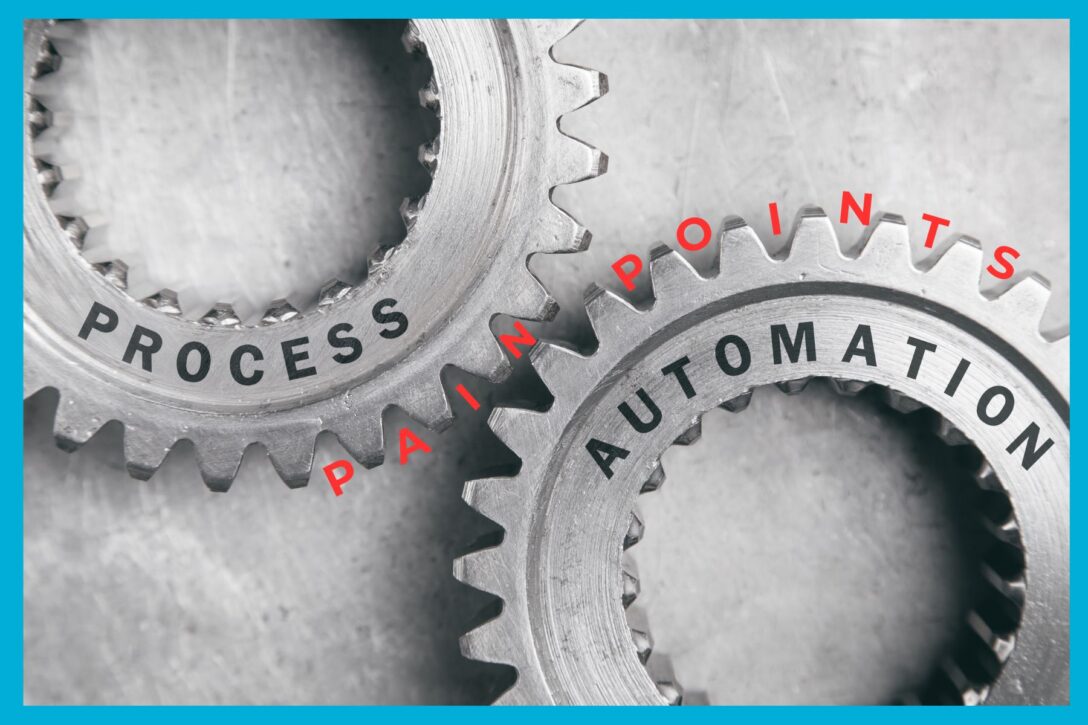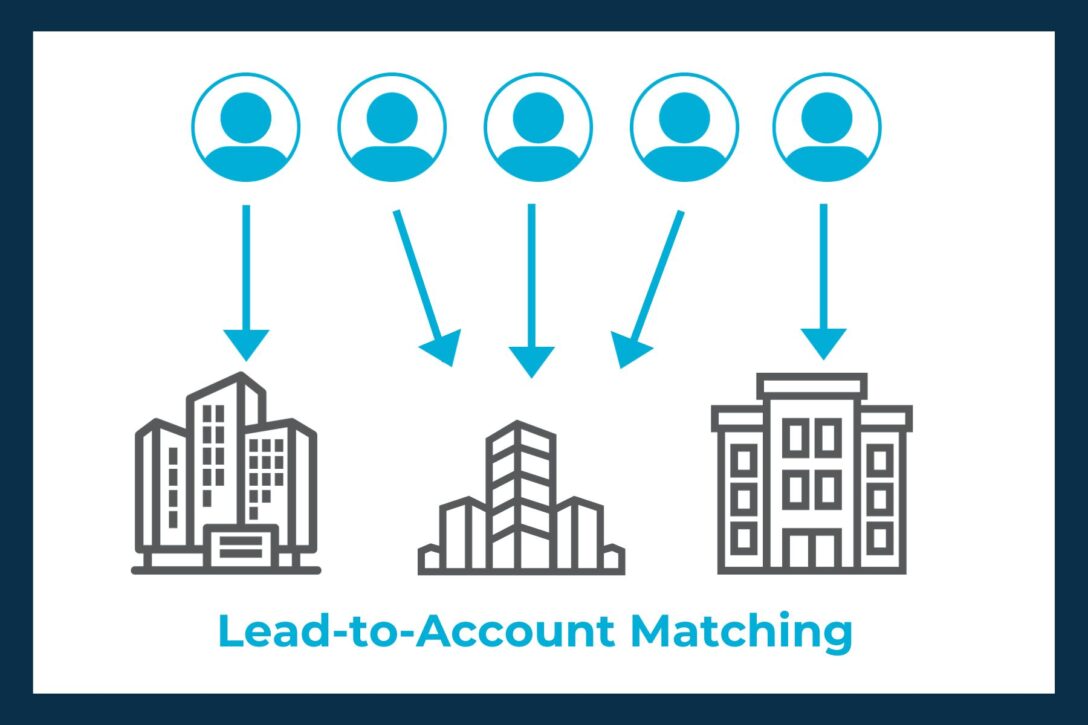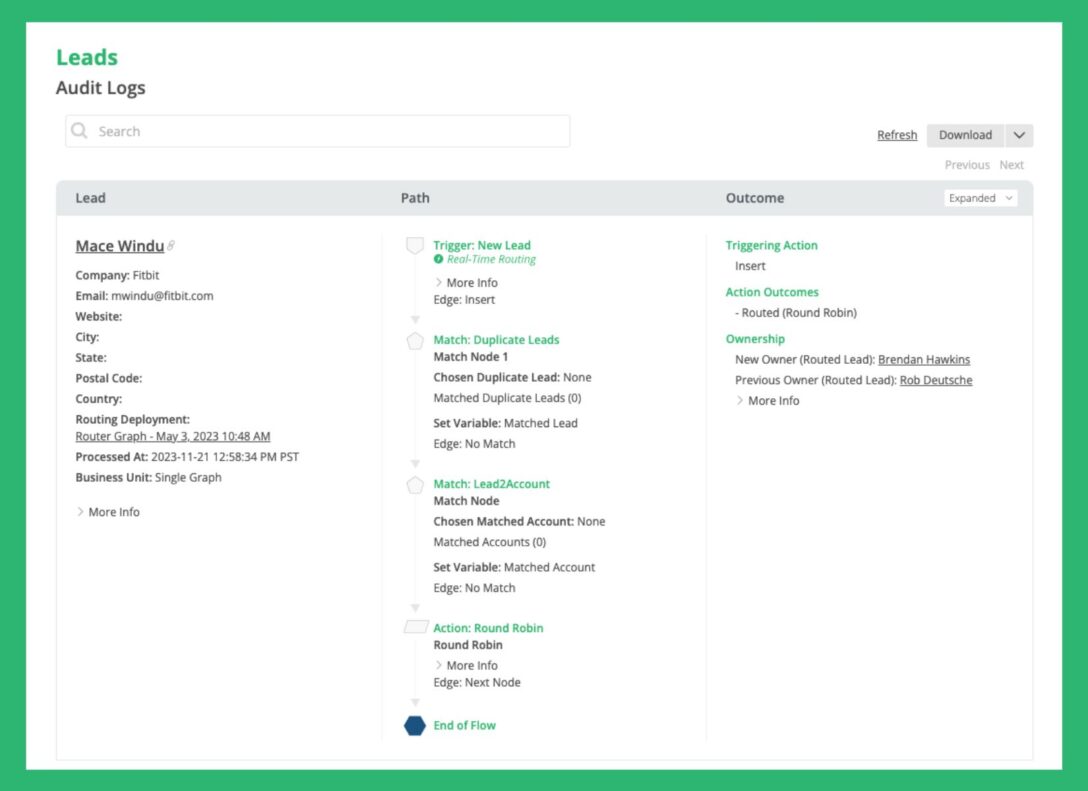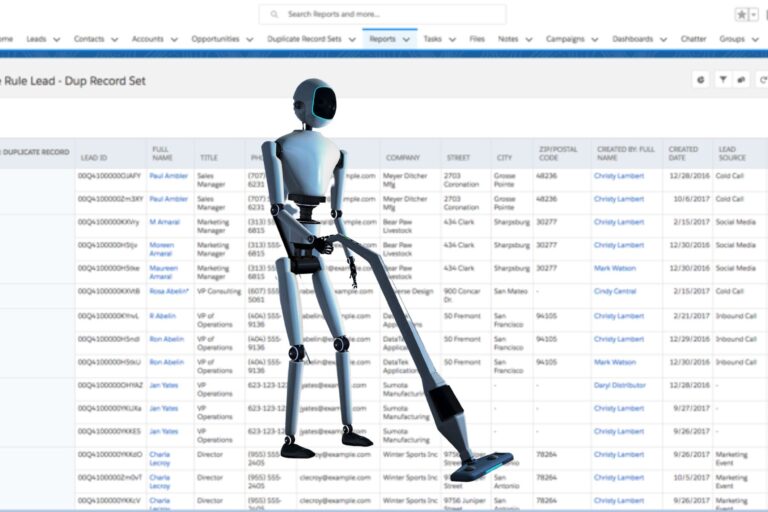Like many tech industry backstories, LeanData was the solution to pain points that CEO Evan Liang experienced himself.
Over a decade ago while working as a general manager, Liang was an early adopter of marketing automation. However, he faced a lot of data and process challenges when trying to connect this new marketing automation with his CRM. And, as a result, his teams became really inefficient.
Liang realized as integrated systems and the CRM ecosystem grew, these pain points around data and processes were about to get a lot worse. So he partnered with cofounder Kelvin Cheung to pioneer and build a new category of software today known as revenue orchestration.
In a recent MarTalks Podcast, Liang shared three operations pain points that led to the genesis of LeanData.

Pain Point #1: Dirty Data
Ask any Ops professional if they have dirty data in their CRM and the answer is always “yes.” LeanData’s first products solved dirty data through deduping. Today, the LeanData platform is a powerful data management tool with capabilities far beyond eliminating duplicate records.
LeanData keeps your Salesforce instance clean and organized through many different automated processes, including:
- Updating related records
- Automatically adding Contact roles to Opportunities
- Reassigning inactive-owned records
- Grouping related Leads with no Account match
- Managing Orphan prospects
- Aligning Contacts with Account Owners
- Automating enrichment
Additionally, LeanData will merge duplicate records and then take action on the merged record, using the updated master record to trigger further routing. To combat dirty data even further, LeanData has an integration with Cloudingo which allows users to proactively dedupe in real time as accounts are being routed.
As Kieran Snaith, VP of Revenue Operations at Qualified puts it, “LeanData keeps our data squeaky clean.”

Pain Point #2: Matching Leads to Accounts
The next pain point the newly formed LeanData set out to solve involved matching Leads to Accounts. Historically, Sales teams have always focused on Accounts. However, marketing automation introduced new ways for Marketing teams to strategize around Accounts, spawning account-based marketing (ABM).

For ABM to work at scale, Leads must match to Accounts. However, in the early days of marketing automation, systems weren’t designed for this. At the time, sales reps worked Lead by Lead. So when a new Lead came in, it may or may not have been assigned to a rep at a matching account. This arbitrary process broke the whole account-based strategy.
LeanData was the first company to solve the problem of lead-to-account matching. Simply stated, our software made sure that Leads got to the right reps. This was primarily an inbound motion, but today, LeanData works across any go-to-market (GTM) motion including:
- Inbound
- Outbound
- ABM
- Channel-based
- Product-led
- Buying groups
- Opportunity-based
Pain Point #3: Troubleshooting Go-to-Market Motions
Another common pain point LeanData heard from early customers was the time-consuming work of troubleshooting GTM motions.

For example, it’s not uncommon for a sales rep to say, “Why didn’t I get that lead? That one belongs to me.”
Before LeanData, there was no way to know what happened to a Lead post-fact. People didn’t know why something happened in their system the way it did.
So, one of the first features LeanData pioneered was audit logs. These reports capture each decision made through automation whether it’s Leads, Accounts, Contacts, Opportunities, or Cases.
Using LeanData audit logs, Ops Pros can determine in five seconds what happened to a record instead of performing five hours of research. Then, if needed, Operations and Sales leaders can open the discussion to determine if the rules of engagement need to be changed.
LeanData’s Evolution to Revenue Orchestration
From small beginnings solving dirty data in your CRM to our current revenue orchestration platform, LeanData has become “RevOps best friend.”
Today’s B2B companies take in a flood of buyer signals. LeanData makes the signals actionable. We help Ops Pros be agile so they not only understand the GTM strategy but also have the flexibility to make changes as needed.
When LeanData started, Liang signed up the first 20 clients. Over time, as the company expanded, experienced industry professionals were hired to fill sales and marketing leadership roles. Yet, despite his role today as CEO, Liang remains very customer-focused.
We continue to pay close attention to our customers’ pain points, as they are the source of many LeanData innovations.
Liang says, “If you listen to your customers, they’ll lead you the right way.”










